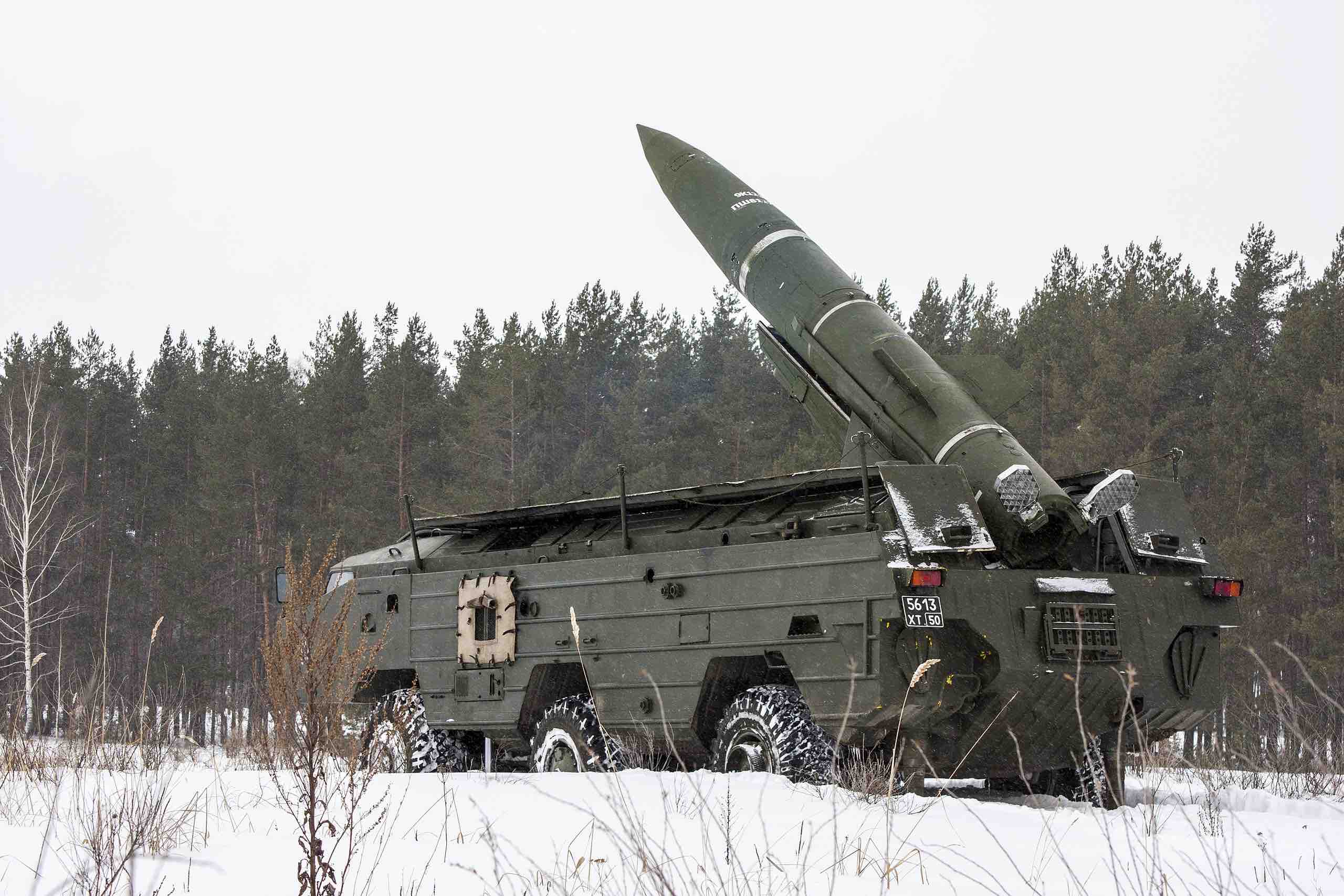


Russia boasts the world’s largest nuclear stockpile, with roughly 4,300 warheads. But numbers alone do not tell the story. A significant portion of these weapons, along with their delivery systems, were built decades ago. Maintaining them has become a herculean task. Missiles need regular refurbishment, warheads demand replacement of aging components, and storage facilities must withstand both time and human error. Even minor lapses could have catastrophic consequences.
Human error remains a serious concern. Managing thousands of personnel across sprawling, highly sensitive sites inevitably exposes weaknesses. Economic pressures, political instability, or simple misjudgment could result in insider breaches—an ever-present danger in any nuclear programme. Cyber threats compound this risk. Modern command-and-control systems rely heavily on digital networks. A sophisticated attack could disrupt communications, disable safeguards, or trigger false alarms. In an era when misinterpretation can lead to escalation, such vulnerabilities are alarming.
The strategic backdrop is equally troubling. Russian doctrine has shifted toward a lower threshold for nuclear use, signalling that tactical nuclear weapons could play a role in regional conflicts. This is not mere posturing. When ageing weapons are combined with policies that make their use more conceivable, the margin for error narrows dangerously. An accidental detonation or misfire could spark a crisis far beyond Russia’s borders.
Modernisation is underway—new ICBMs, hypersonic glide vehicles, upgraded bombers. Yet progress is slower than Moscow intended. Legacy systems remain in operation while replacements lag behind schedule. The result is a paradox: older, potentially unstable systems coexist with incomplete new technologies, leaving the arsenal in a transitional, precarious state.
The international implications are profound. Past accidents in nuclear programmes show that mishaps can happen anywhere. Soviet and American arsenals alike have experienced near-catastrophes from transport accidents and handling errors. Now, Russia’s ageing systems pose a renewed risk, amplified by size and opacity. International observers have limited insight into the condition of these weapons. Verification regimes and arms control agreements, once a measure of reassurance, are eroding, leaving the global community to rely on intelligence estimates and cautious speculation.
Western policymakers face a dilemma. They must deter Moscow while advocating for nuclear safety. Dialogue, however strained, remains essential. Even limited engagement can reduce misunderstandings, encourage transparency, and establish norms that mitigate risk. Without it, the world relies on hope rather than hard safeguards.
Domestically, Russia’s own challenge is enormous. Old infrastructure, ambitious military doctrine, and tense geopolitical posturing create conditions ripe for error. Systems that might function under normal circumstances become unpredictable under pressure. The potential for a preventable accident rises as weapons age and oversight struggles to keep pace.
The stakes are clear. Nuclear weapons are only as safe as the people, protocols, and technology that govern them. Russia’s ageing arsenal presents immediate risks, not just hypothetical ones. While headlines focus on political theatre or the threat of intentional use, the real danger lies in accidents, miscalculations, and technical failures. These are risks that cannot be ignored.
Ultimately, the world faces a stark choice. It can either confront these vulnerabilities through investment, vigilance, and international engagement, or it can assume the improbable—that ageing weapons will remain entirely safe. History and human nature suggest that hope is not a sufficient strategy.
Russia’s nuclear stockpile is a legacy of the past. Its potential consequences are very much in the present. Ensuring that these weapons remain safe is not merely a Russian responsibility—it is a global one. Ignoring the problem is a luxury the world cannot afford.
Main Image: By Mil.ru, CC BY 4.0, https://commons.wikimedia.org/w/index.php?curid=67624005
You must be logged in to post a comment.
Europe’s Rail Bottlenecks Expose a Dangerous Failure